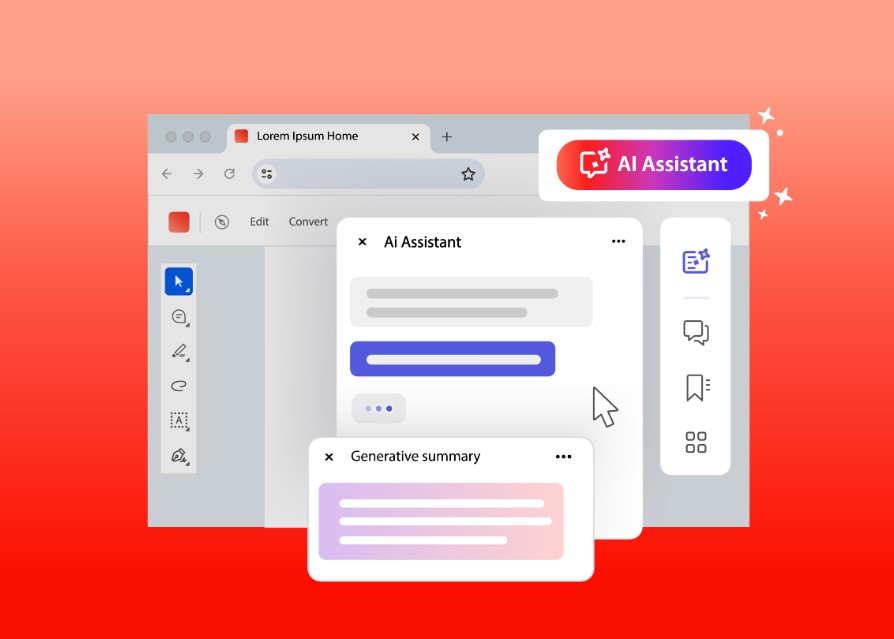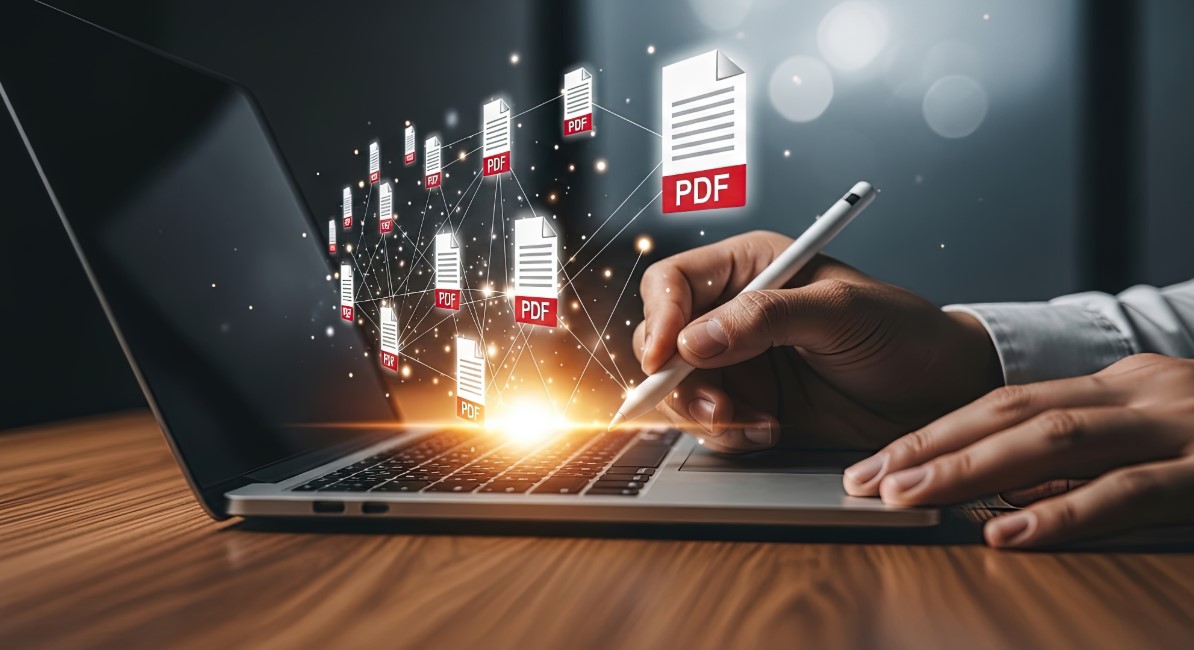Tech
A Quick Guide To Extracting Data Using An AI PDF Reader

Working with PDF documents can be frustrating. They are perfect for keeping a document’s look the same, but getting the information out of them is often difficult. Copying details by hand is slow and can lead to mistakes. This manual work takes time away from more important tasks.
However, new tools that use an AI reading assistant can now help you understand PDFs. These AI readers can quickly find and pull the exact information you need. Read on for more information.
Understanding AI PDF Readers
Think of an AI PDF reader as a smart helper for your documents. It is more than a simple PDF editor that only lets you make minor changes. A basic PDF viewer only lets you read the text and does not understand the layout. For example, if you try to copy a table, the information often gets mixed up.
That’s why many people invest in an AI PDF reader. This tool is different because it understands context. It is often powered by advanced generative AI models that learn from many documents. This training helps the tool recognize what it is looking at.
It can tell the difference between a title and a normal paragraph. It can find a table full of numbers and understand how the data is organized. Essentially, it reads with purpose, knowing what information is important and how pieces of data connect.
How to Get Your Data Out
The process of using these tools is usually simple and involves a few key steps.
First, You Provide the PDF
You start by using the tool to create your PDF file. This typically means dragging the file into a website window. Most tools work with all kinds of PDF documents. This includes documents where you can use text highlighting. It also includes scanned papers, which are just pictures of text. For these scanned files, some tools even use text-to-speech technology in reverse to convert the image into words that it can read.
Then, the AI Studies the Document
After you upload the file, the AI reading assistant begins its work. It scans the entire document to understand its structure. The software looks for different parts like paragraphs, headings, and tables. It also finds important pairs of information, such as “Invoice Date” and the actual date next to it. This whole analysis happens very quickly.
Next, You Point to What You Need
Now, you tell the AI what to extract. Some tools let you click on the data you want. For instance, you could click on a customer’s name, and the AI will find every name in the document. Other tools feature an AI chat function. You can simply ask a question like, “What is the project deadline?” and get an immediate answer through this AI conversation.
For jobs you do often, you can create a template. If you have many similar reports, you can teach the tool where to always find the project name, the budget, and the manager. After this one-time setup, the tool can pull this data from every new report automatically. Many tools also offer smart summarization, which can create a short generative summary of a long document’s key points.
Finally, You Use Your Data
The last step is to take your information and use it. This is where the tool saves you the most time. Instead of data being stuck in the PDF, you can turn it into something useful. You can export it as a spreadsheet for calculations. You can also save it as a file for a database. This makes the data ready for analysis, reporting, or sharing with your team.
Where This Technology Shines
This approach is helpful in many different situations. Any job that involves finding details inside documents can benefit.
For Research Work
Researchers often read many long academic texts and research papers to find specific facts or numbers. An AI reader can scan these documents in moments. It can pull out every relevant statistic or quote. For example, it could find all the population growth percentages from a set of country reports. The smart summarization feature is particularly useful for quickly understanding the methodology of complex research papers.
For Business and Office Tasks
In finance or law, people handle complex documents every day. These tools can review contracts to find important dates and terms. They can go through financial statements to pull out revenue numbers or expenses. This speeds up the work and reduces errors. They are also excellent for creating meeting summaries from notes saved as PDFs, using generative AI models to distill key decisions and action items.

General office work also becomes easier. Think about processing invoices or applications. An AI tool can take the information from these forms and put it directly into a spreadsheet. This eliminates manual data entry. You can even use the AI chat function to ask questions about a policy document without reading every page.
Choosing the Right Tool
If you are looking for an AI PDF reader, focus on a few things. The tool must be accurate. It needs to find the right information every time. It should also be easy to use without needing special training. Make sure it works with the kinds of PDF documents you have, especially if you use scanned documents.
Finally, check that it can export the data in a format you need, like Excel, and offers the features you want, such as AI conversation or a generative summary.
Conclusion
In summary, AI PDF readers change how we work with documents. They take over the tedious job of data extraction. This allows people to focus on more meaningful work, like analysis and decision making. Using this technology can make both individuals and entire teams much more efficient. It turns a slow, manual chore into a fast and simple task.














